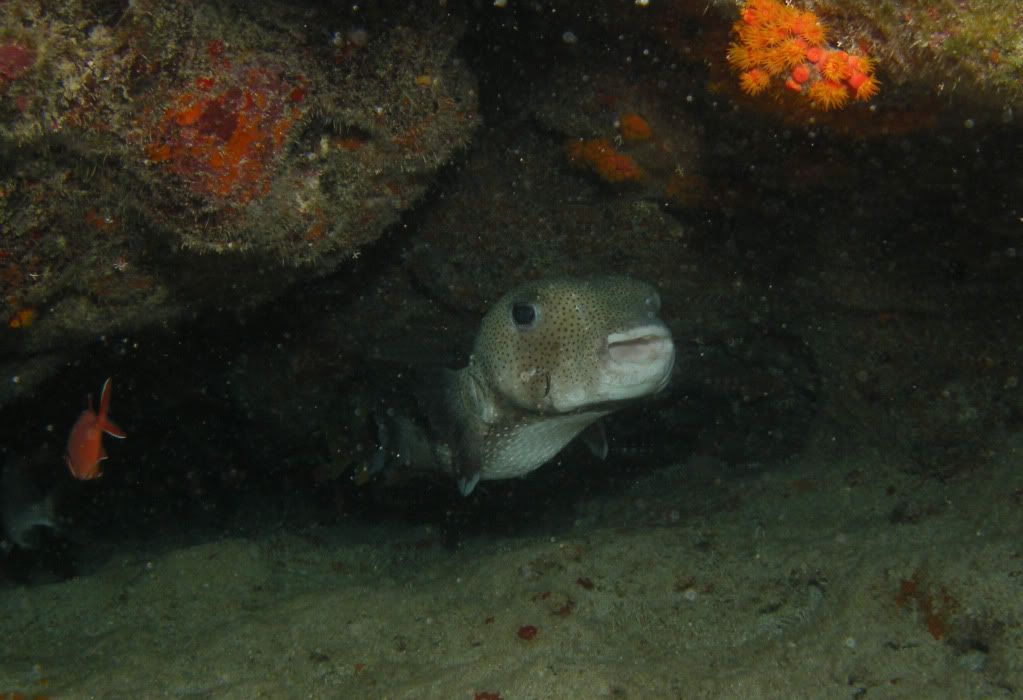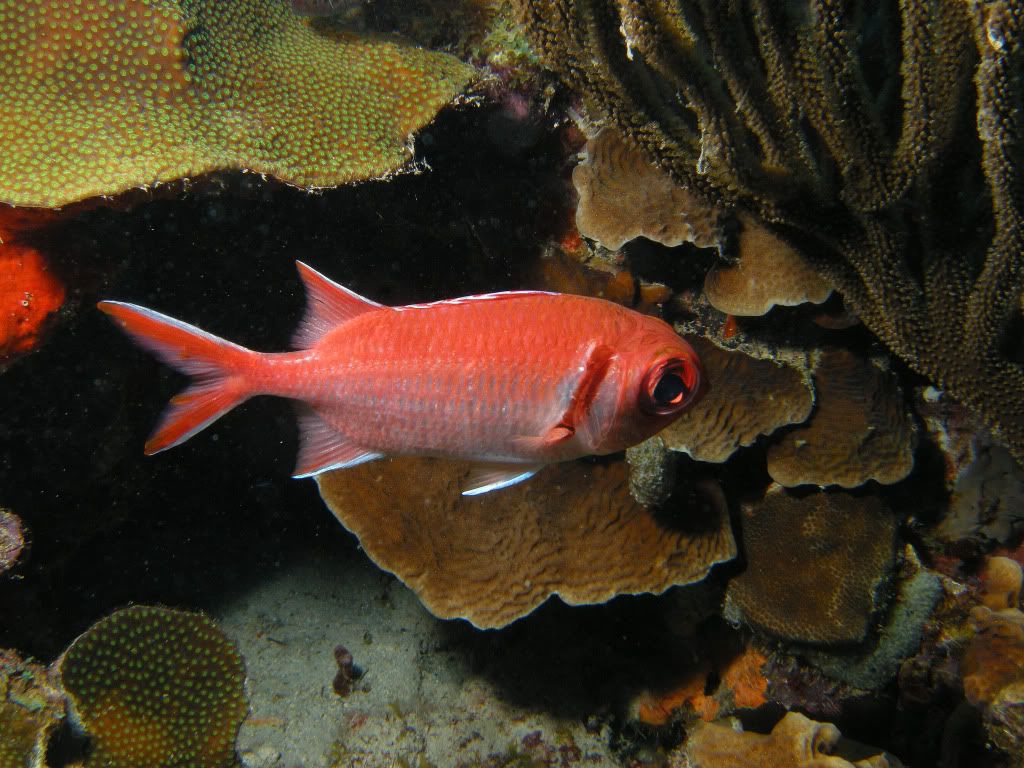Scotttyd
Contributor
Other than not causing it in the first place, what is the easiest way to remove backscatter post production using photoshop? I have used the clone tool in photoshop for specific spots, but when you have a background full of backscatter it is not always practical to use this tool, any other ideas?







